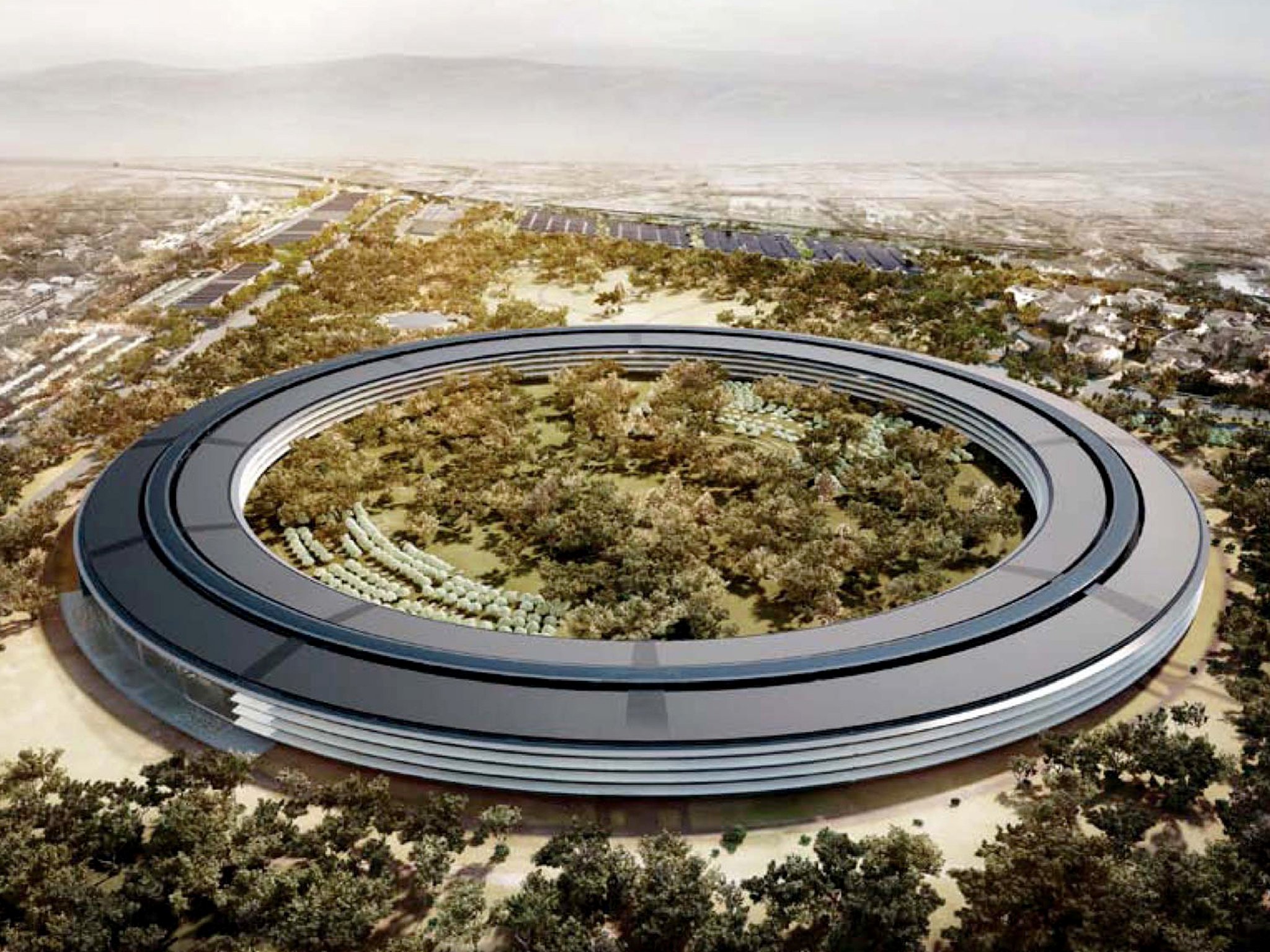Steve Jobs once said no one had more operational power at Apple, aside from himself, than Jony Ive.
Jony Ive, the man who helped reignite Apple with the iMac, iPod, iPhone, and iPad had more operational power than the finance group, the engineering group, the services group, even the operations group. Apple, the company that put design first, put design first.
For years Ive ran industrial design (ID) at Apple. When Tim Cook became CEO in the fall of 2011, he added human interface (HI) to Ive's responsibilities. The goal was to remove silos and increase collaboration. Ive, who'd long had Richard Howarth as a lieutenant for ID, brought Alan Dye over from marketing to run lead on HI. The immediate result, launched in the summer of 2012, was the redesign of iOS 7, and the "designed together" motif for the iPhone 5s and iPhone 5c.
It was the Apple Watch that showed what a unified Apple design organization was really capable with under Ive.
OS X Yosemite followed, and the new MacBook. But it was the Apple Watch, a product driven by Ive and longtime friend Marc Newson and introduced in the fall of 2014, that showed the full power of Apple's new, unified design organization.
A couple of interesting events framed the Apple Watch launch: Marc Newson was officially brought on board by Apple, and Ive did extensive media appearances, foremost among them a profile in the New Yorker under the banner "The Future of Apple. The first gave Ive a collaborator again, the second gave him position.
Or rather, it started to get us ready for Ive's evolving position.
Few consumer product companies have a senior vice president of design. Fewer still have a chief design officer. At Apple, only Cook himself and chief financial officer Luca Maestri had C-level titles. Ive becomes the third, with Howarth taking on the day-to-day responsibilities of vice president of industrial design and Dye, vice president of user interface design.
That's to free up time for travel — which is being interpreted by some in the community as meaning Ive will be spending more time in his native England — and working on other projects like Apple's Campus 2, and the next phase of Apple Retail.
That the change was announced on Memorial Day in the U.S., when the markets were closed, might reflect its gravity. Or it might simply recognize that markets, like people, are averse to change, and that it's worth pausing a reflecting, and realizing that this change, like the last one, won't play out in days or weeks but in months and years.
This change, like the last one, won't play out in days or weeks but in months and years.
Ive appears to have avoided the traps that typically plague highly successful creatives. He doesn't seem to feel like there are no worlds left to conquer, and so isn't retiring or retreating from the world. He also doesn't seem to feel like his ideas are unassailable, and so isn't forcing the production of sequels (or prequels) that are pale shadows of their originals.
Apple's culture likely insulates against those extremes. Ive is used to working with a team in ID, and needed to work with one in HI. And it's no coincidence that Apple's current and future projects, including the new campus and new stores, and the Watch and Titan, are ones Ive seems to care about deeply.
This new position, freed of its day-to-day managerial duties, keeps Ive where he is — at the head of the most successful design company in history, with all but unmatched operational power. And it positions Apple for where the company needs to be — with a foundation and future below and beyond Ive as well.
Eliza Dushku
Adriana Lima
Freida Pinto
Taylor Swift
Sienna Miller

No comments:
Post a Comment